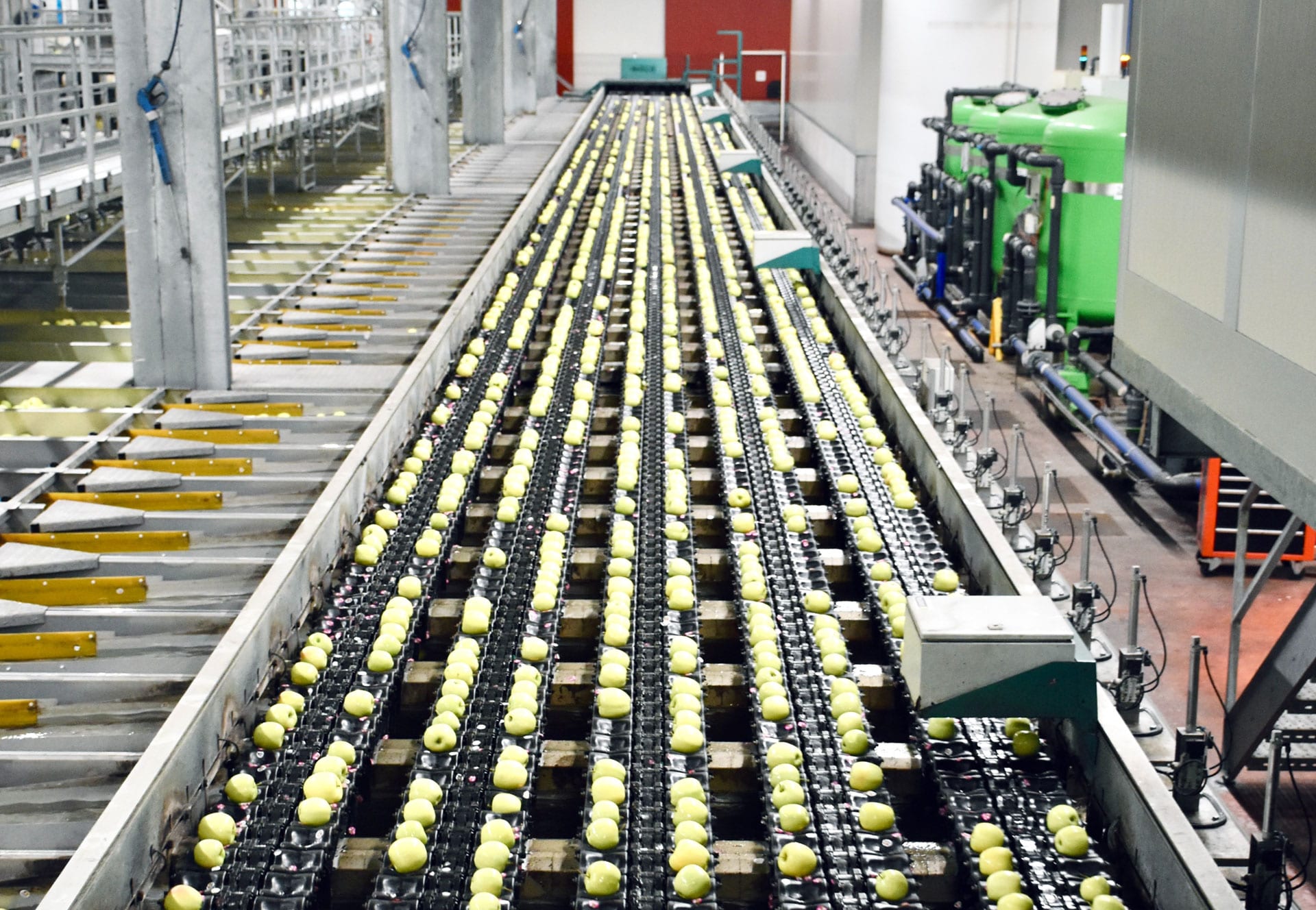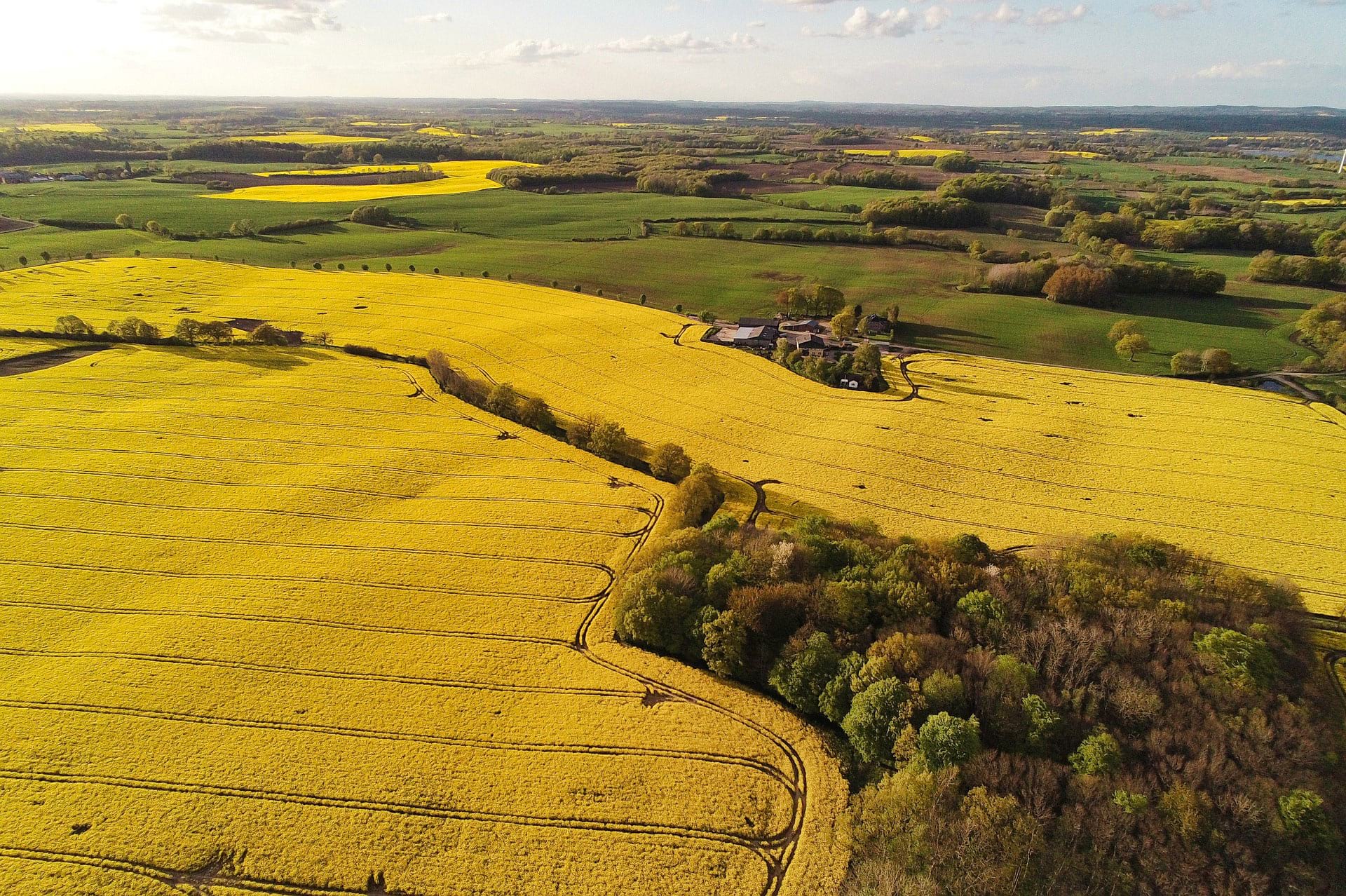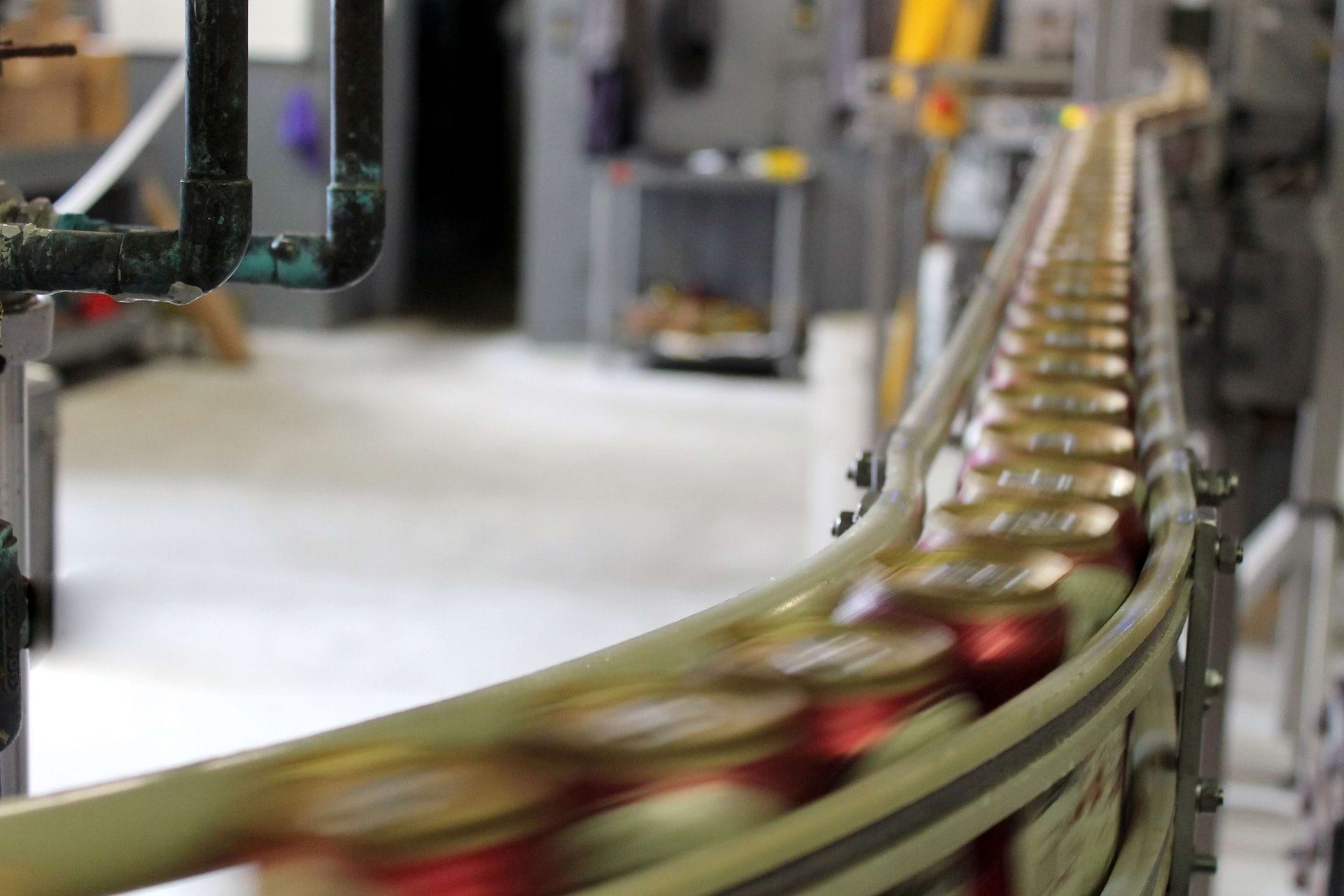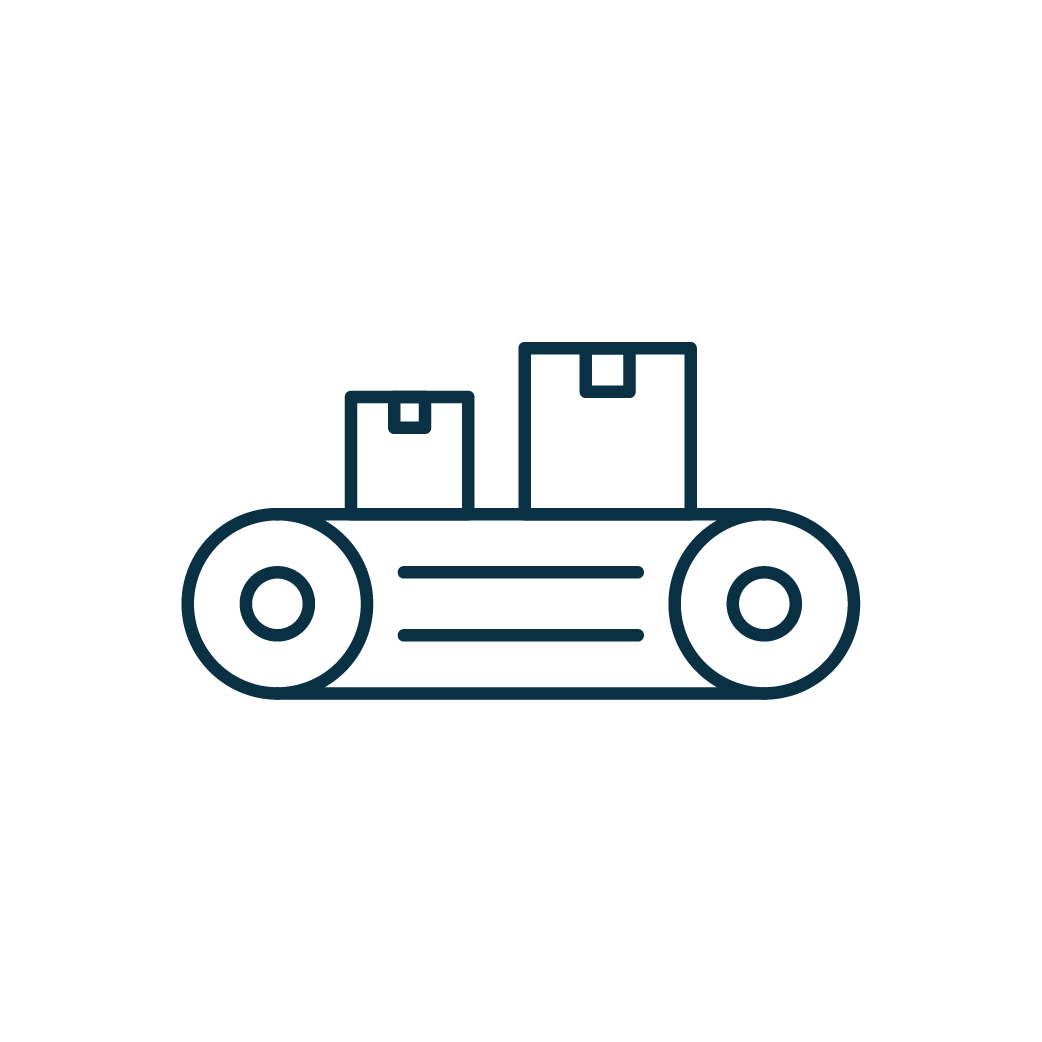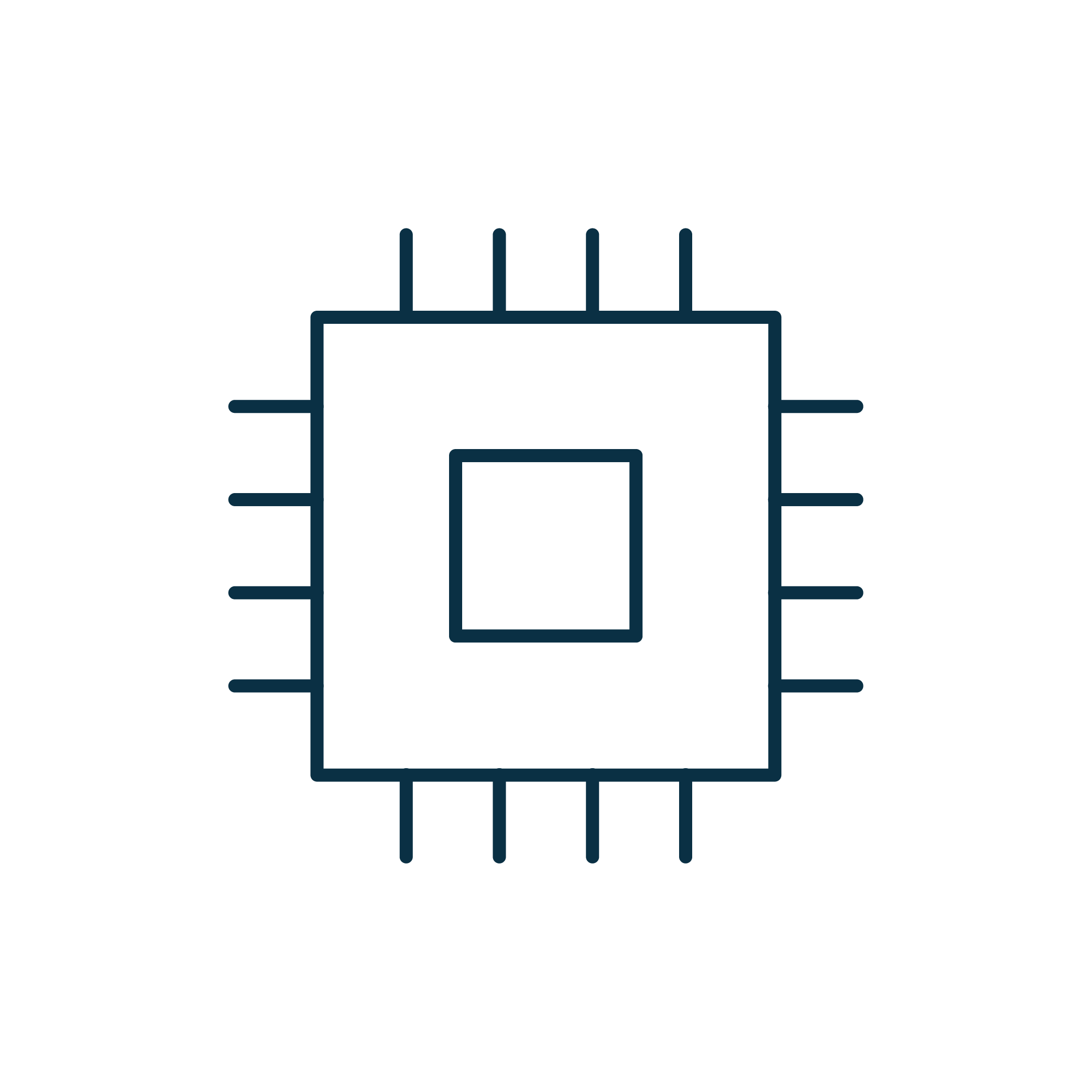↓
Lenses FOR food and beverage applications
In the food and beverage industry, the use of machine vision technology helps to ensure product quality by automatically detecting and sorting the size, color and shape of products. This technology makes it possible to detect even the smallest irregularities or defects in production and ensures that only high-quality food and beverages reach the market. It also helps to check the fill levels of bottles and cans.





